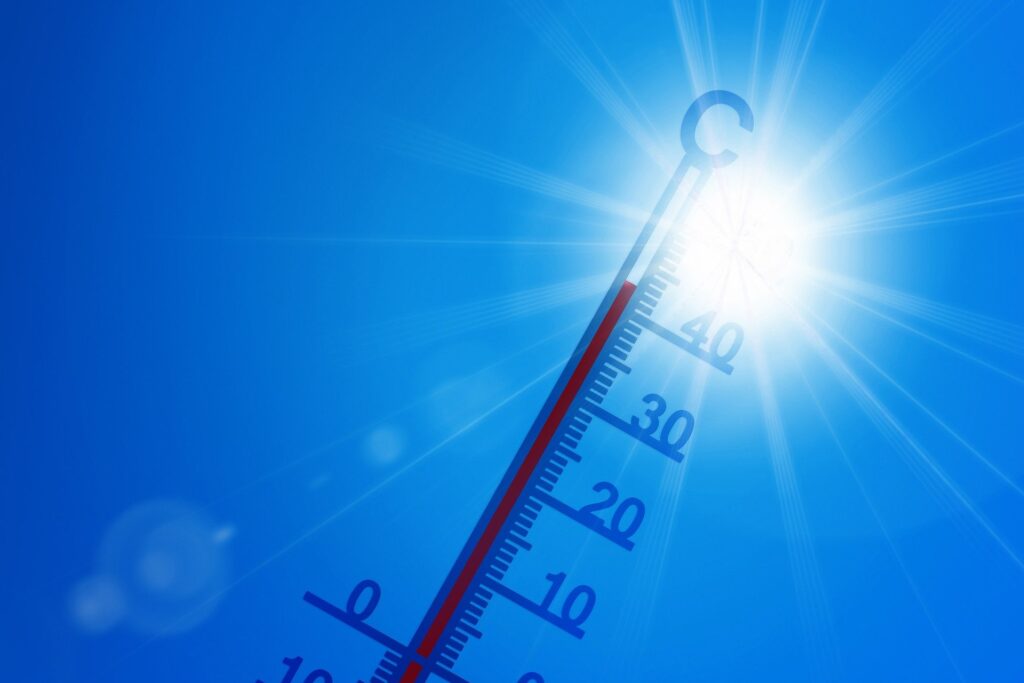The risk of infection in Austria continues to rise according to the new assessment of the traffic light commission. After Thursday’s meeting, the risk for all of Austria is now rated medium, making the country as a whole yellow. Among the provinces, only Burgenland and Carinthia now have some green districts. The more contagious delta variant, the coming cooler season and the decreased vaccination progress are increasingly causing headaches.
In addition to the already yellow provinces of Salzburg, Tyrol and Vorarlberg, Vienna, Lower and Upper Austria and Styria are now also colored yellow. The commission has been observing an increasing trend in case numbers for several weeks, it said in a release Thursday. The 7-day incidence recently rose to 77.4, with Vienna and Salzburg already exceeding 100.
The burden on the health care system is at a low level for now, it said, with the Covid-19-specific burden in intensive care units at 2.95 percent as of Aug. 17, based on all reported adult intensive care beds in Austria.
Forecast calculations show an increase in ICU utilization to a level of 5.8 percent on Sept. 1, 2021, and vaccination coverage with a first prick has reached a level of about 67 percent of the vaccine-eligible population (12 years and older) and is already about 86 percent in the 65-plus group, the commission said.
Most unfavorable of all forecasts calculated in July applies
The commission also pointed out that the CoV forecasting consortium had produced simulation calculations in early July with a time horizon until the end of September. “A comparison of the simulated scenarios, which assume different vaccination scenarios, with the actual observed development shows that the infection incidence has developed unfavorably since mid-July and follows the trajectories of the worst-case scenarios.”
The key factor, in addition to the more contagious delta variant, is the decline in vaccination coverage, “which has decreased by about 85 percent in August compared with June 2021,” the CoV Commission said. “Given current vaccination coverage of about 61 percent (first partial vaccination) of the total population, the necessary coverage rates of 80 percent or more by the end of September 2021 appear barely achievable.”
“Severe courses primarily in unvaccinated”
Accordingly, the commission emphasized that the utilization of intensive care units is currently still low, “but is largely dependent on the development of the average age of infected persons and their immunization status.” “Already, the average age of those infected is beginning to increase, as is ICU (intensive care unit – ICU beds, note) utilization,” the commission said.
Infections twelve times less common in vaccinated people
“It is plausible to assume that the incidence of infection – similar to that in the fall of 2020 – will spread again, starting from young groups of people, to unvaccinated older and thus more vulnerable groups of people, where, as before, there will be clusters of severe courses primarily in the unvaccinated,” it said.
Seasonal effect “will accelerate spread”
Higher vaccination coverage rates among older groups of people could slow this trend, but, the commission pointed out, “the current coverage rate of the overall population is currently insufficient to rule out renewed overuse of ICUs in the course of the fall and winter of 2021, given the more virulent and transmissible delta variant.” In addition, there is the seasonal effect, which in autumn “will additionally accelerate the spread of the virus due to less UV radiation, more indoor activity, etc.”.
Many cases after travel
The currently observed incidence of infection primarily affects the non-immunized population. Non-immunized individuals currently account for more than 80 percent of cases, underscoring the effectiveness of vaccination, the commission emphasized. Cluster analysis by the Agency for Health and Food Safety (AGES) found a high proportion of cases or clusters with travel association, it said.
source: ORF.at/agencies/picture: pixabay.com
This post has already been read 1185 times!



